Little harmonic theory
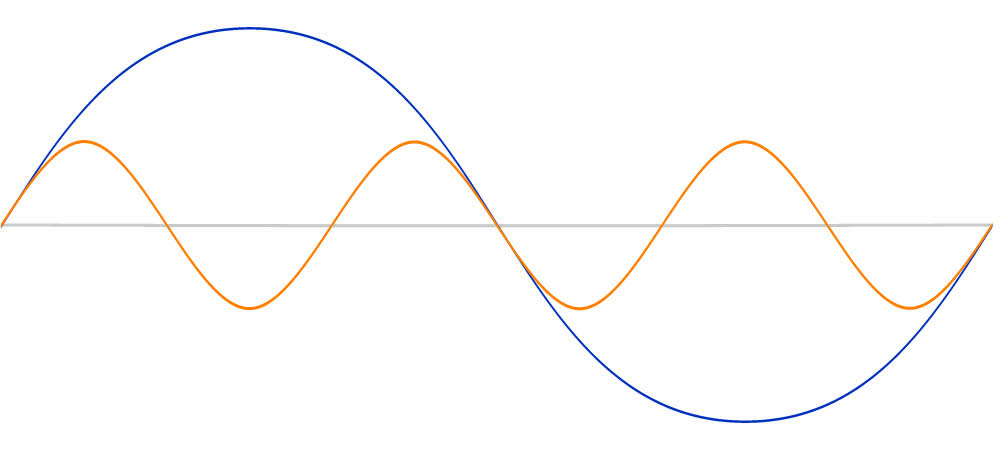
+
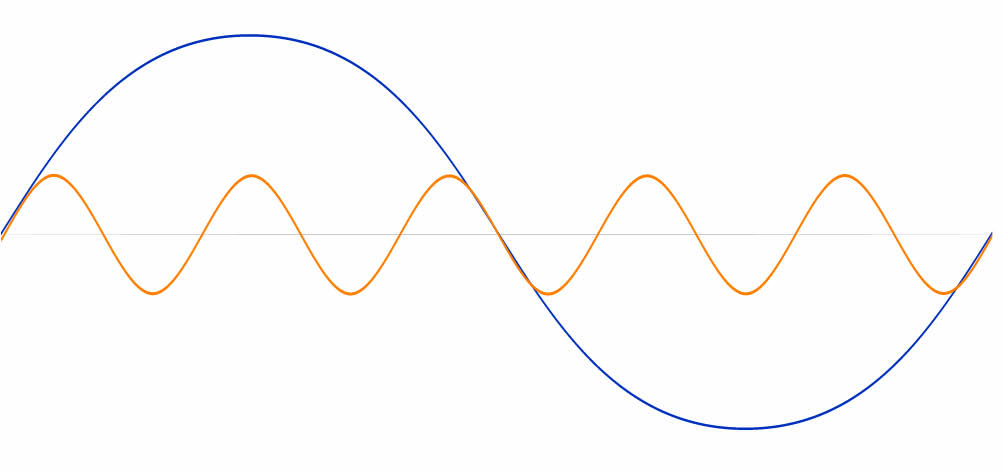
+
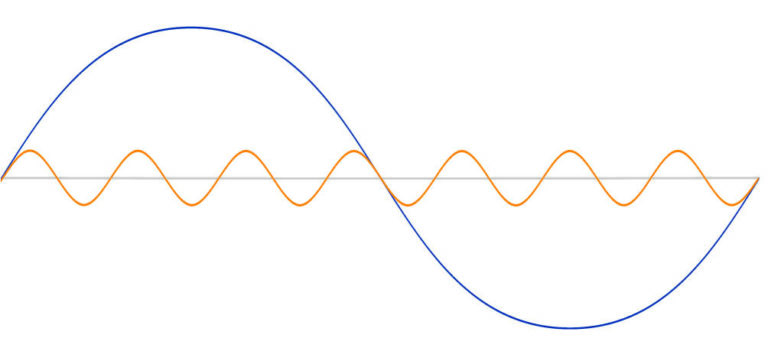
+
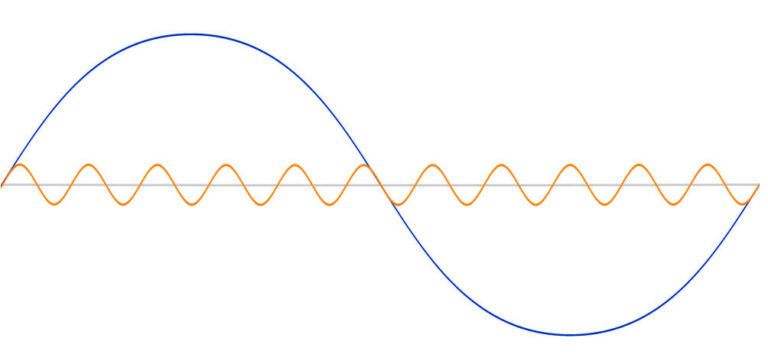
=
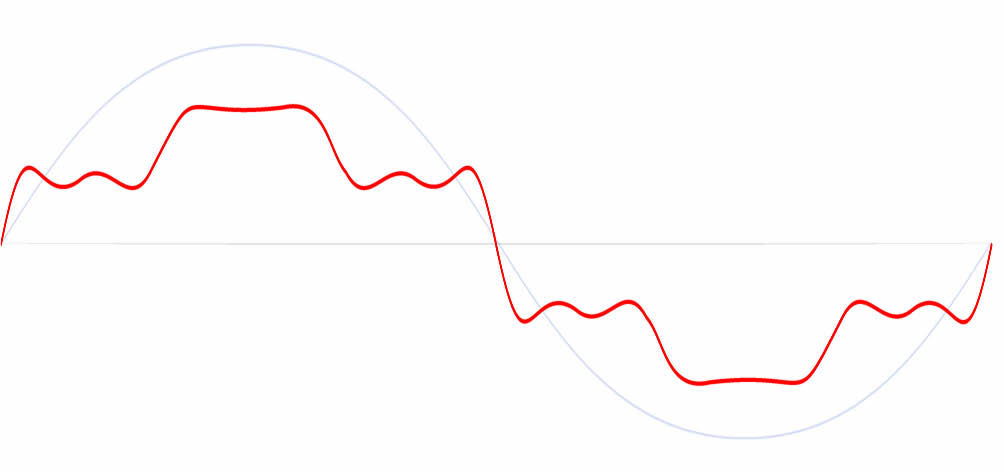
3rd harmonic
Characteristics: The harmonics divisible by 3 (3rd, 9th, 15th etc.) arise from asymmetrical loads and single-phase harmonic generators such as office buildings, hospitals, software houses, banks or companies with two-phase welding systems.
Effects: Especially 3rd order harmonics add up, due to their characteristics, in the neutral conductor and cause thermal loads on this and adjacent lines. This can cause short circuits and fires and thus constitutes a danger to life and limb.
+
5th, 7th, 11th harmonic
Characteristics: Harmonics not divisible by 3 (5th, 7th, 11th, 13th, etc.) arise from three-phase harmonic generators such as 6- or 12-pulse frequency converters, power converters (for DC drives), inverters (e.g. of photovoltaic systems), arc and induction furnaces, three-phase welding systems, or a very large number of switching power supplies in a network area.
Effects: Harmonics of these orders increase overall the total current and stress the overall network and the equipment connected to it, without causing an effective power at the consumer. They cause iron losses in transformers and motors. The consequences are poor efficiency, overheating of components, increased risk of fire and – due to the unnecessarily high energy consumption – lead to a noticeably worse CO2 balance. Harmonics cause pendulum torques in motors and overvoltages, they influence the disconnection characteristics of circuit breakers and lead to unplanned false tripping. All in all, this results in grid standard violations in combination with the loss of warranty claims against machine manufacturers, failure of control systems, reduced service life of devices and systems, flat-topping, increased noise emissions from transformers and consumers, increased power losses and thus temperature increases on electrical transmission equipment such as lines and transformers.
=
Distorted sine wave by harmonics
Characteristic: The superposition of sinusoidal waves of different frequencies and amplitudes causes a distorted, destabilized voltage (see left figures). This is purely an example to visualize how the individual orders affect the applied AC voltage. A simultaneous combination of ‘divisible by 3’ and ‘not divisible by 3’ harmonics is not possible purely physically – at a common measurement point.
Effects: Even though this is a purely visual example, especially concerning harmonics, our electrical engineers see very similar voltage distortions in various industrial real networks almost every day.
If your power supply is burdened by the effects of harmonic voltage distortion as described above, contact our power quality specialists immediately or choose one of the following solutions to ensure the best possible power supply at all times:
